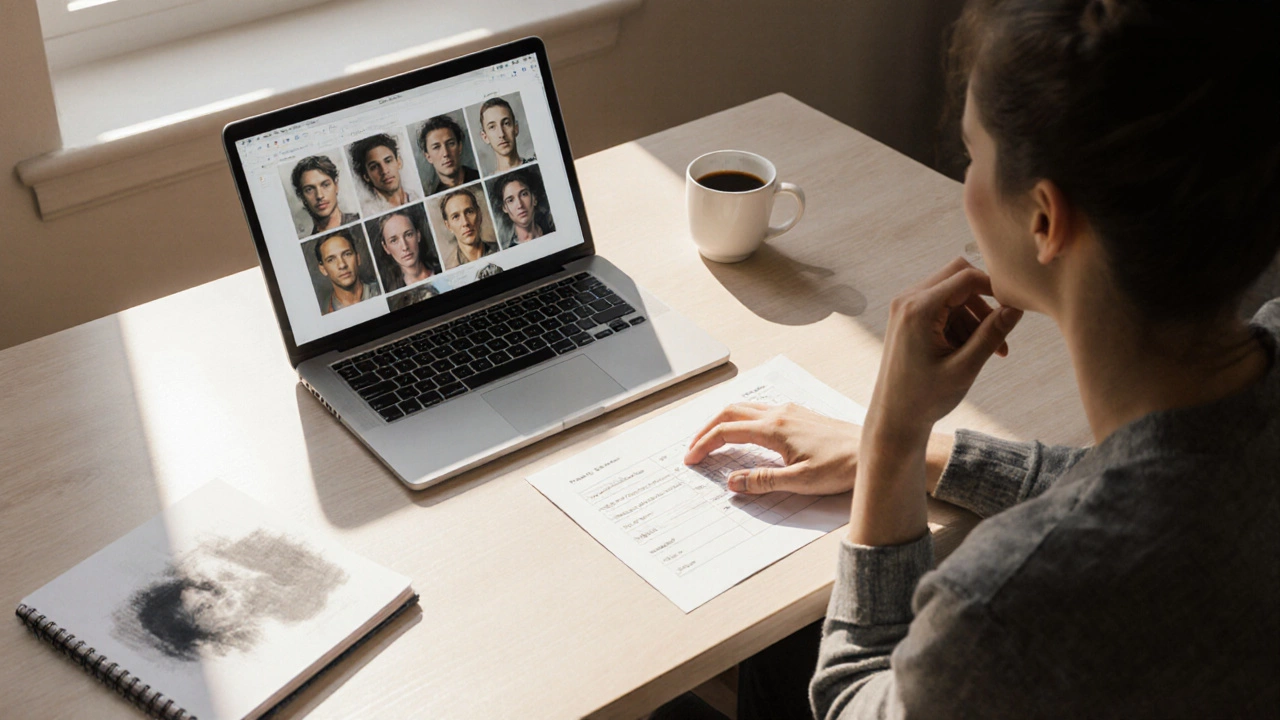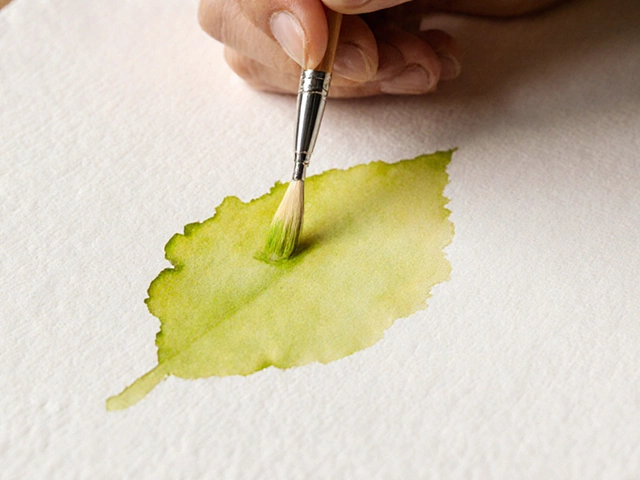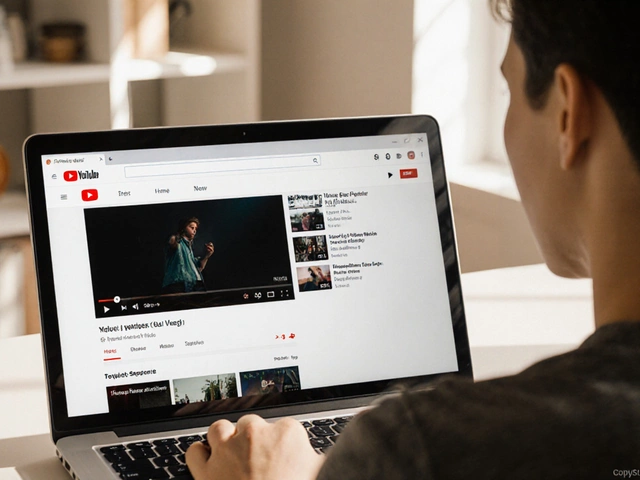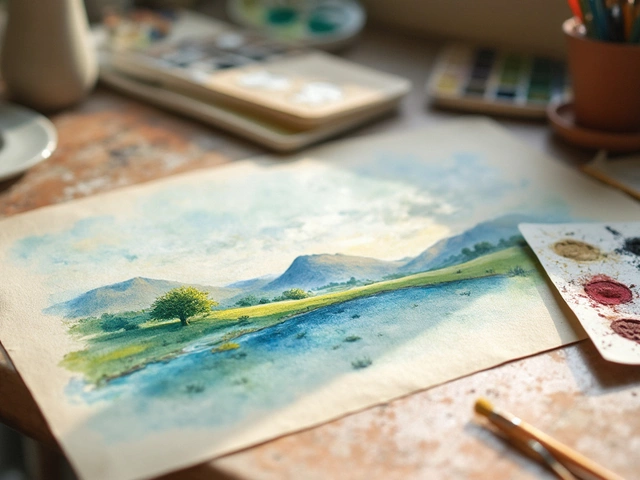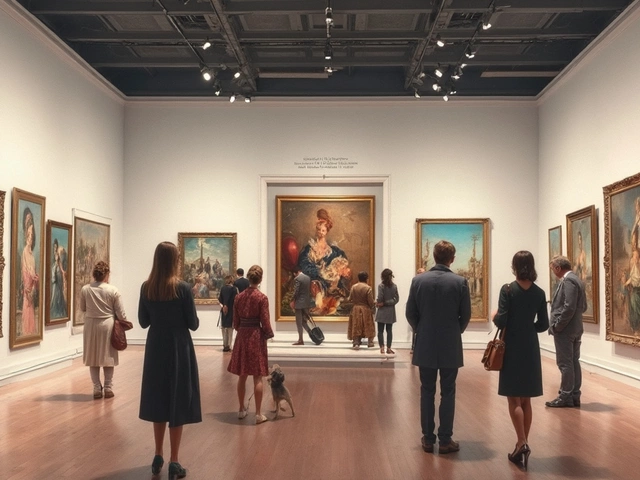Portrait Cost Calculator
Estimate Your Portrait Cost
When you decide to commission a custom portrait, the first question that pops into your head is usually: how much will it cost? Prices can swing wildly-from a few hundred dollars for a small charcoal sketch to several thousand for a full‑size oil masterpiece. This guide breaks down the numbers, explains why they vary, and helps you plan a budget that matches the artwork you envision.
Key Takeaways
- Portrait prices depend on medium, size, artist experience, and location.
- Typical ranges in 2025: charcoal sketches $200‑$600, watercolor $500‑$1,200, acrylic $800‑$2,500, oil $1,500‑$5,000+.
- Experience level adds 30‑100% to base rates; emerging artists charge less, masters charge more.
- Most artists charge a flat fee plus a retainer; hourly rates are rare but can appear for complex projects.
- Get a detailed quote, ask about revisions, and always sign a contract.
What Is a Portrait Artist?
Portrait artist is a professional who creates custom portraits based on a client’s specifications. These creators work in a variety of media-oil, acrylic, watercolor, charcoal, pastel, or mixed media-and often tailor their style to match the subject’s personality or the client’s décor. Understanding the artist’s background, typical workflow, and pricing philosophy is the first step toward a transparent commission.
Why Prices Vary So Much
Several factors push the cost up or down. Below is a quick rundown of the biggest drivers:
- Medium: Oil paint is labor‑intensive and requires expensive materials, whereas charcoal or pencil sketches use cheaper supplies.
- Size: Larger canvases need more paint, more hours, and often a sturdier support structure.
- Artist experience: Established artists with a proven track record command higher fees.
- Complexity: Group portraits, intricate backgrounds, or hyper‑realistic detail increase labor.
- Location: Artists based in high‑cost cities (New York, London) typically price higher to cover studio rent.
- Turn‑around time: Rush orders may add a 20‑50% premium.
Typical Price Ranges in 2025
The numbers below reflect a snapshot of the U.S. and Western European market as of October 2025. Prices are quoted in US dollars and assume a standard, single‑subject portrait.
| Medium | Small (up to 12"×12") | Medium (12"×16" to 18"×24") | Large (18"×30" +) |
|---|---|---|---|
| Charcoal / Pencil | $200‑$400 | $350‑$600 | $550‑$900 |
| Watercolor | $500‑$800 | $900‑$1,400 | $1,300‑$2,200 |
| Acrylic | $800‑$1,200 | $1,500‑$2,800 | $2,500‑$4,500 |
| Oil | $1,500‑$2,500 | $2,800‑$5,000 | $5,500‑$12,000+ |
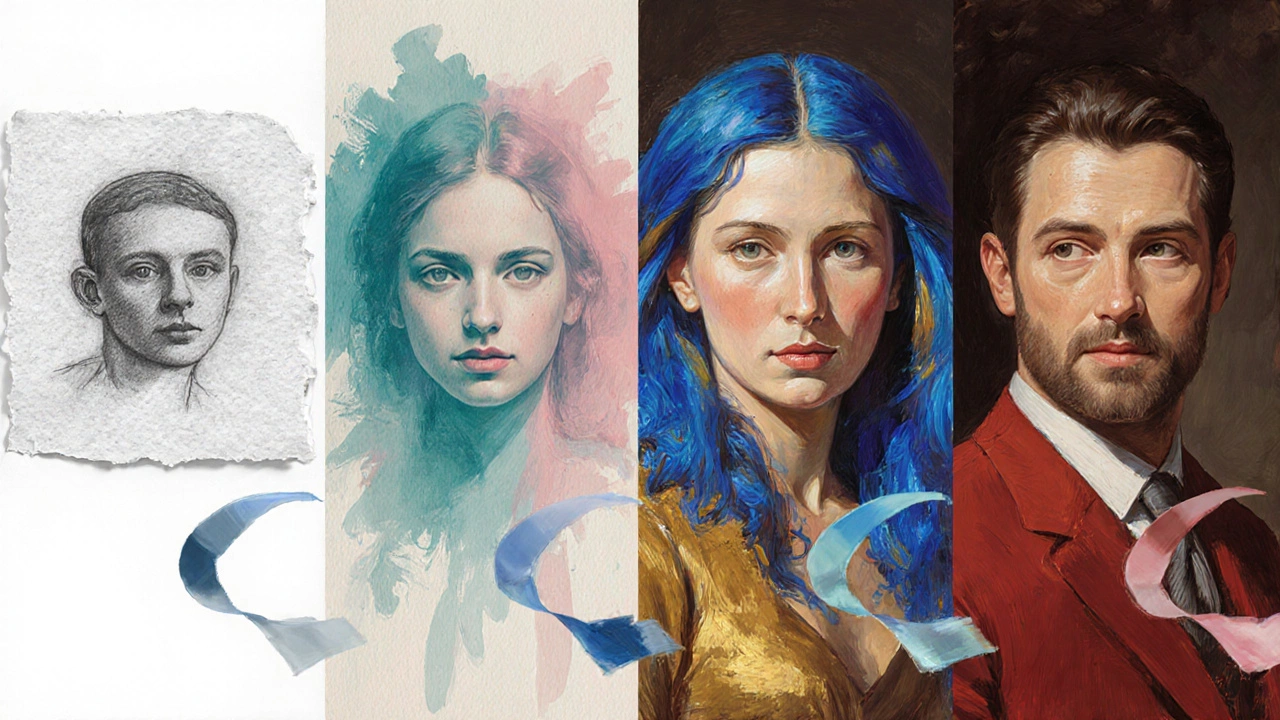
How Experience Level Impacts Your Quote
Artists typically fall into three experience brackets. Knowing where your chosen creator sits helps you interpret their numbers.
- Emerging artists: Usually 0‑3 years of professional work, often still building a portfolio. Rates are 30‑50% lower than the mid‑tier averages shown above.
- Mid‑career artists: 4‑10 years with a solid client list and a recognizable style. Their fees line up closely with the table.
- Established masters: More than a decade of reputation, gallery representation, or award wins. Expect a 50‑100% premium.
How Artists Calculate Their Fees
Most portrait creators use a hybrid formula that blends material costs, labor, and market positioning.
- Material cost: Paint, canvas, framing, and any special pigments. This is a line‑item expense passed directly to the client.
- Labor estimate: Artists break down the project into phases-sketch, underpainting, layers, finishing. They assign an hour count to each and multiply by an hourly rate (often $30‑$80 for mid‑career artists).
- Overhead: Studio rent, utilities, insurance, and taxes are factored in as a percentage (usually 10‑20%).
- Profit margin: Finally, the artist adds a profit margin, which can range from 15‑30% depending on demand.
The resulting total becomes the flat “commission price.” Some artists also ask for a 30‑50% retainer upfront to secure the slot and cover early material costs.
Tips to Secure a Fair Quote
- Gather multiple quotes: Reach out to at least three artists with similar styles. This gives you a market baseline.
- Provide clear details: Include subject photos, desired size, medium, background preferences, and deadline. Vague briefs lead to hidden fees.
- Ask for a breakdown: A transparent artist will itemize material, labor, and overhead. If they can’t, consider asking someone else.
- Discuss revisions: Most portraits include 1‑2 rounds of minor tweaks. Clarify the cost of additional changes before signing.
- Check for contracts: A written agreement protects both parties and outlines payment schedule, delivery date, and usage rights.
- Consider framing separately: Some artists quote a “bare” portrait, leaving framing to the buyer. Include framing costs in your total budget if needed.
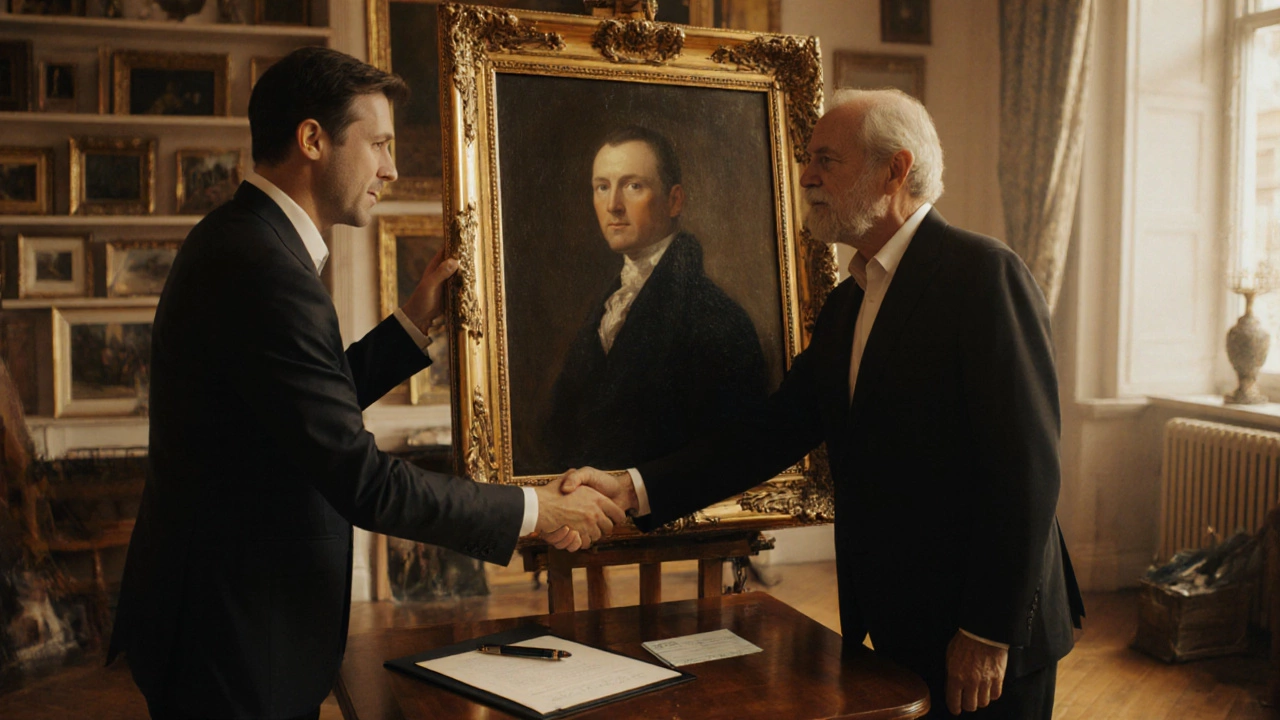
Common Pitfalls to Avoid
- Going for the cheapest: Very low rates often mean inexperienced artists, rushed work, or hidden costs later.
- Skipping the contract: Verbal agreements can lead to disputes over final size, color fidelity, or delivery timeline.
- Not budgeting for taxes: Freelance artists may charge without tax, but you might be responsible for sales tax depending on jurisdiction.
- Ignoring the artist’s style compatibility: Even a perfectly priced portrait will feel off if the artist’s aesthetic doesn’t match your vision.
Real‑World Examples (2025)
Below are three anonymized case studies that illustrate how the variables play out.
- Case A - Family Charcoal Sketch: A New York‑based emerging artist charged $280 for an 11"×14" charcoal portrait of a toddler. The client paid a $100 retainer, and the final piece arrived in four weeks with one minor revision included.
- Case B - Wedding Watercolor: A mid‑career artist in Austin quoted $1,200 for a 16"×20" watercolor of a couple, including a custom pastel background. Materials made up 15% of the total, and the artist used a 45‑hour labor estimate at $45/hour.
- Case C - Executive Oil Portrait: A well‑known portraitist in London quoted $7,500 for a 30"×40" oil on stretched canvas, plus a $1,200 gilt frame. The fee reflected the artist’s 20‑year reputation, high‑end pigments, and a three‑month production schedule.
Bottom Line: Setting a Realistic Budget
Start with the price ranges above, adjust for your chosen medium and size, and then factor in the artist’s experience level. Add 10‑15% for unforeseen expenses (shipping, framing, extra revisions). If you budget conservatively, you’ll avoid surprise invoices and end up with a portrait you love.
Frequently Asked Questions
How much does a typical portrait cost?
In 2025, a small charcoal sketch starts around $200, while a medium oil portrait typically ranges from $2,800 to $5,000. Prices scale with size, medium, and artist reputation.
Do portrait artists charge by the hour?
Most professionals quote a flat fee that includes material costs, labor, and overhead. Some may provide an hourly estimate for unusually complex projects, but the final price is usually a single amount.
What is a typical deposit amount?
Artists usually request a 30‑50% retainer before starting work. The deposit secures the slot and covers early material expenses.
Can I get a discount for multiple portraits?
Many artists offer a bundled rate for families or groups. Expect a 10‑20% reduction if you commission three or more portraits at once.
Is framing usually included?
It varies. Some artists quote a fully framed piece, especially for high‑end oil portraits. Others provide the artwork “bare,” leaving framing to the client. Always verify.
